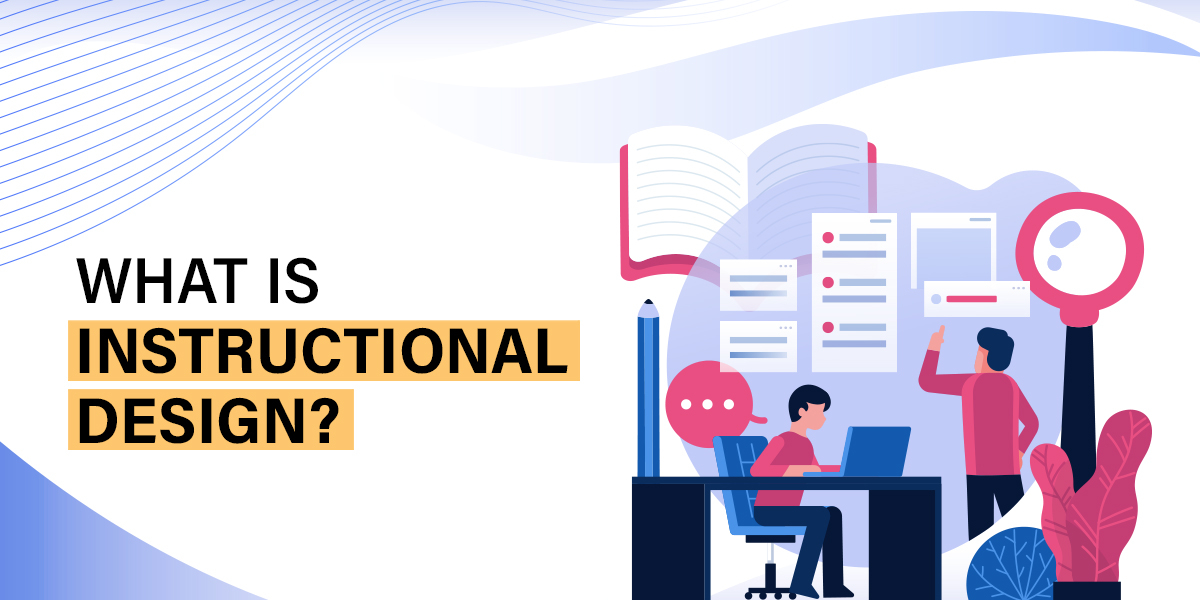Instructor-led training (ILT) has long been a trusted method for building skills, sharing knowledge, and training employees. It enables learners to interact with trainers, ask questions, and take part in discussions. Recently, however, ILT has evolved to become more engaging and impactful, with experiential learning playing a key role. By blending theory with practical application, it helps participants retain knowledge, build critical skills, and apply learning effectively at work.
This article explores how experiential learning enhances ILT, why organisations are adopting it, and the long-term benefits for both learners and businesses.
Understanding Instructor-Led Training
Instructor-led training is a structured training format where a facilitator, mentor, or instructor delivers learning sessions to a group of learners. It can take place in physical classrooms or virtual environments, depending on organisational needs. ILT is valuable because it offers:
• Direct interaction with experts – learners gain insights directly from experienced professionals.
• Real-time clarification – misconceptions or doubts can be immediately addressed.
• Engagement through collaboration – discussions, case studies, and group activities encourage peer-to-peer learning.
Despite these strengths, ILT has sometimes been criticised for being too theory-heavy or passive. This is where experiential learning makes a significant difference.
What is Experiential Learning?
Experiential learning is a learner-centred approach where individuals learn through doing, reflecting, and applying knowledge in practical scenarios. Instead of only listening to lectures or reading manuals, learners engage in:
• Simulations
• Role-playing
• Group problem-solving exercises
• Real-world case studies
• Hands-on projects
The Kolb’s Experiential Learning Cycle highlights four stages – concrete experience, reflective observation, abstract conceptualisation, and active experimentation. When applied to ILT, this cycle helps learners absorb knowledge, reflect on its application, and use it effectively in their work.
Why Combine Experiential Learning with Instructor-Led Training?
The combination of ILT and experiential learning ensures that training is dynamic, participatory, and results-driven. While instructors provide guidance, direction, and subject expertise, experiential techniques immerse learners in scenarios that mirror real-life challenges. This integration offers:
1. Improved Engagement – learners are more motivated when they actively participate rather than passively listen.
2. Practical Application – skills are tested and refined in realistic environments.
3. Stronger Retention – research shows people remember 75% of what they do compared to only 10% of what they hear.
4. Confidence Building – learners gain hands-on experience, which builds confidence in applying skills on the job.
5. Adaptability – learners practise problem-solving, critical thinking, and decision-making in a safe learning environment.
Key Ways Experiential Learning Enhances Instructor-Led Training
1. Increases Learner Participation
Traditional ILT can sometimes become lecture-based, leading to reduced learner interest. Experiential techniques such as role-plays, debates, and group projects encourage active involvement. This participation leads to a higher level of engagement and helps learners feel valued in the process.
2. Creates Real-World Relevance
When learners apply theoretical concepts to real-world scenarios, the training becomes meaningful. For example, sales professionals can practise negotiation through simulated client interactions during ILT sessions. This ensures that what they learn is directly transferable to their workplace.
3. Promotes Collaboration and Teamwork
Experiential methods often require group-based problem-solving activities. These exercises help learners develop teamwork, communication, and leadership skills—critical soft skills that traditional ILT may not fully address.
4. Enhances Retention of Knowledge
Active learning through doing, reflecting, and experimenting ensures that learners retain more information for longer periods. For example, a compliance training session supported with a real-life case study will stick with learners more effectively than a presentation alone.
5. Encourages Immediate Feedback and Reflection
Instructors can observe learners during experiential activities and provide immediate, constructive feedback. This reflection phase is crucial in helping learners identify strengths and areas for improvement.
6. Builds Critical Thinking and Decision-Making Skills
Experiential learning often involves problem-based activities where learners need to make decisions under pressure. This builds analytical and decision-making skills, preparing them for real-world challenges.
Benefits for Organisations
The integration of experiential learning into instructor-led training doesn’t just benefit learners; it also creates significant value for organisations. Key benefits include:
• Higher ROI on training investments – knowledge retention leads to better workplace performance.
• Increased employee satisfaction – interactive, engaging training improves motivation.
• Reduced skill gaps – employees practise and refine their skills before applying them in real-world settings.
• Stronger organisational culture – collaborative activities foster teamwork and communication across departments.
Examples of Experiential Learning in ILT
1. Role-Playing in Customer Service Training
Instead of only explaining how to deal with difficult clients, instructors can organise role-plays where learners act as both the customer and service agent.
2. Simulation in Technical Training
In fields such as aviation or medicine, simulations are used within ILT to practise skills in a risk-free environment.
3. Case Study Analysis in Leadership Programmes
Participants can analyse real-world scenarios, brainstorm solutions, and discuss outcomes in guided sessions.
4. Gamification in Compliance Training
Instructors can introduce quizzes, competitions, or scenario-based challenges to make compliance training more interactive.
Future of Instructor-Led Training with Experiential Learning
As organisations continue to adapt to hybrid and remote work models, ILT is evolving. Experiential learning, supported by digital tools like virtual simulations, gamified platforms, and collaborative learning environments, is making ILT more flexible and engaging.
The future will likely see:
• Blended learning models that combine online resources, ILT, and experiential tasks.
• Virtual reality (VR) and augmented reality (AR) simulations to enhance hands-on training.
• Personalised learning experiences where instructors design experiential activities based on individual learner needs.
Conclusion
Instructor-led training remains a cornerstone of corporate and academic learning, but when enhanced with experiential learning, it becomes far more impactful. By engaging learners in hands-on, reflective, and collaborative activities, ILT transforms from a one-way lecture into an interactive, meaningful, and practical learning experience.
For organisations seeking to maximise their training investments, integrating experiential learning with ILT is no longer optional—it is essential for creating confident, skilled, and future-ready employees.




